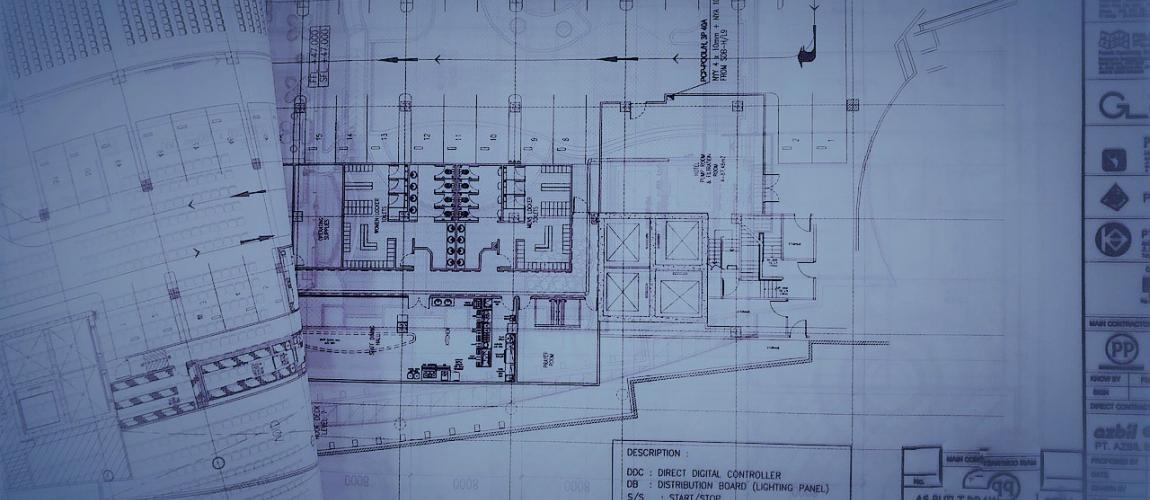How PPPs Are Used: Sectors and Services

Photo Credit: Image by Pixabay
PPPs have been used in a wide range of sectors to procure different kinds of assets and services. In all cases, the PPP project constitutes or contributes to the provision of public assets or services; and it involves long-life assets. The definition of public services may vary across countries, and over time. The material presented in this Reference Guide is neutral to this definition; considering as a public service any service that the government considers its responsibility to provide or ensure is provided. The focus on long-term assets highlights the long-term nature of a PPP contract. PPPs generally involve fixed assets but projects may also include related long-life assets that are purpose or site-specific, such as train rolling stock. PPPs by Sector—Examples and Resources provides a few examples of the types of assets and services that can be procured by PPPs together with some references providing more in-depth analysis on the range of worldwide experiences with PPPs. Some countries focus their use of PPPs on certain sectors only, as described in PPP Policy. The rationale for such narrow focus can include the desire to support the government’s investment priorities; to improve service delivery; or give precedence to sectors in which PPPs are expected to be most successful. Conversely, some countries define certain sectors or services within sectors, for which PPPs may not be used. These are sometimes called core services—that is, services that should be provided exclusively by government. The definition of core services varies across countries, depending on local preferences and perceptions. For example, in the healthcare sector in the United Kingdom, PPPs have been used to construct hospitals and provide ancillary services such as maintenance, but the core medical services remain publicly-run (McKee et al. 2006). On the other hand, in a PPP hospital project in Lesotho, the private operator provided the full range of healthcare services (IFC 2011). Useful resources providing cross-sector overviews of PPP experience in developing countries include: PPPs by Sector—Examples and Resources Roads, tunnels, and bridges Rail Mass transit systems Ports Airports The USDOT Case Studies of Transportation PPPs (US 2007) reviews international PPP experience with PPPs in transport, including case studies on bridges and highways from the United Kingdom, Europe, Australia, China, India, Israel, and Argentina. Menzies and Mandri-Perrott’s publication on private sector participation in light rail (Menzies and Mandri-Perrott 2010, Annex 1) includes detailed case studies of PPPs for 12 light rail systems in the United Kingdom, Malaysia, the Philippines, Thailand, Canada, and South Africa. Bulk water treatment Water distribution and sewerage systems Solid waste management services Marin (Marin 2009) reviews in detail experience with PPPs for urban water utilities in developing countries, drawing from over 65 PPPs. An IFC report on lessons learned (IFC 2010) presents lessons from several water PPPs. Generation assets Distribution systems Eberhard and Gratwick (Eberhard and Gratwick 2010) describes the experience with Independent Power Producers (IPP) in Sub-Saharan Africa. Eberhard et al (Eberhard et al. 2016) present five country cases in the same region. Eberhard et al (Eberhard et al. 2014) focuses on renewable energy IPPs in South Africa. Maria Vagliasindi (Vagliasindi 2013) examines power sector reforms that led to PPPs in China, Peru, Brazil, and Mexico. An IFC report on lessons learned (IFC 2010) presents lessons from several power PPPs. Education—school facilities and services Health—hospitals and other health facilities and services Prisons Urban regeneration and social housing projects A Deloitte report on how PPPs can help close the infrastructure gap (Deloitte 2006, 19–28) provides a helpful overview of PPP experience in a wide range of sectors, particularly social infrastructure. IFC’s Handshake (WB 2015c) publication presents examples and cases on health care and other economic and social infrastructure PPPs. LaRocque’s paper on contracting for the delivery of education services (LaRoque 2005) includes examples of PPPs in the education sector. Sector
Project Types
Overview Sources
Transport
Water and waste
Power
Social and government infrastructure
Find in pdf at PPP Reference Guide - PPP Basics or visit the PPP Online Reference Guide section to find out more.
Updated: June 23, 2022
Related Content
INTRODUCTION
Page Specific DisclaimerVisit the PPP Online Reference Guide section to find out more.
PPP BASICS: WHAT AND WHY
Page Specific DisclaimerVisit the PPP Online Reference Guide section to find out more.
Featured Section LinksWhat is a PPP: Defining "Public-Private Partnership"
Infrastructure Challenges and How PPPs Can Help
How PPPs Are Financed
ESTABLISHING THE PPP FRAMEWORK
Page Specific DisclaimerVisit the PPP Online Reference Guide section to find out more.
PPP CYCLE
Page Specific DisclaimerVisit the PPP Online Reference Guide section to find out more.